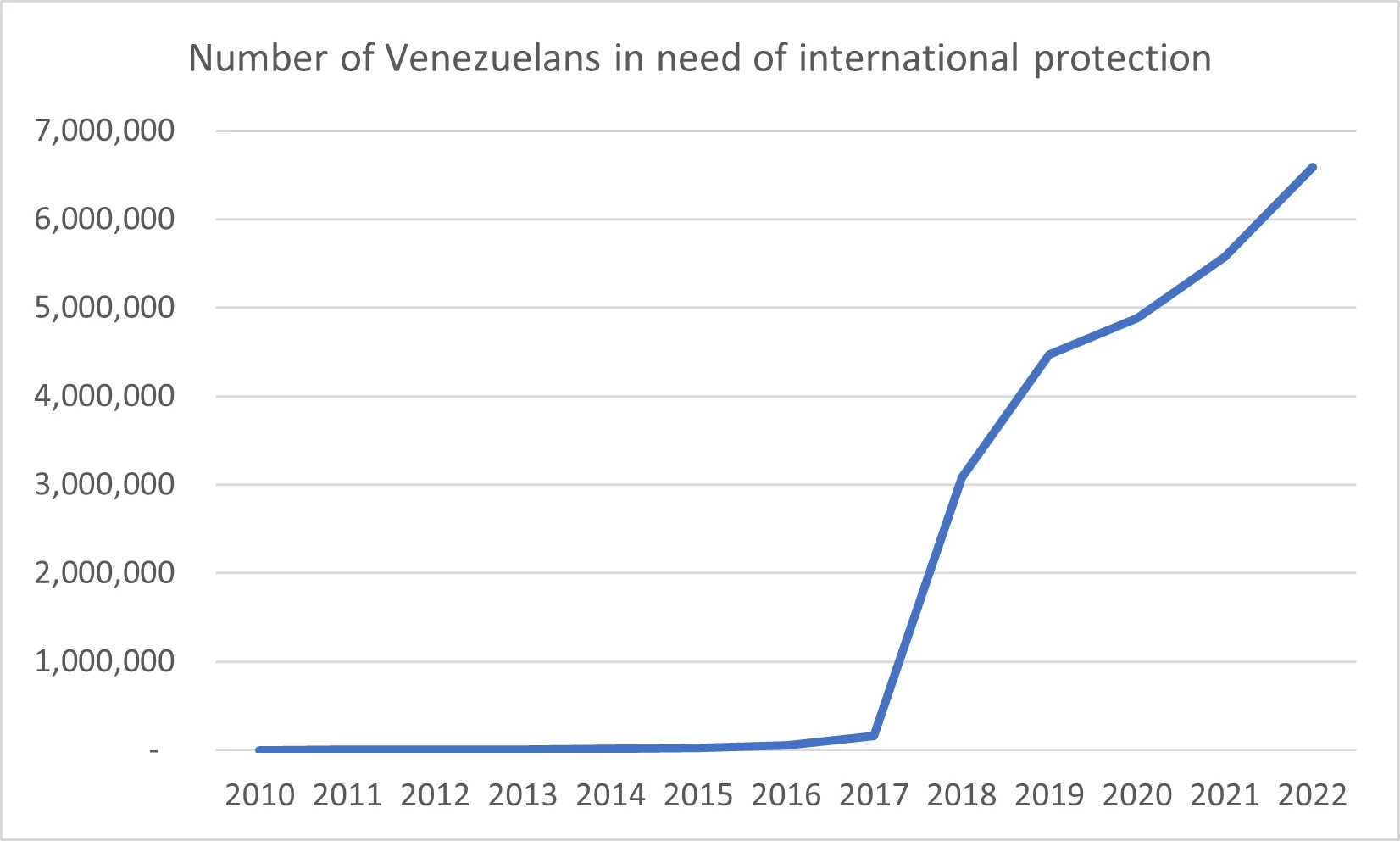
The 2005 Aid for Trade (AFT) initiative was designed to arrest this decline. Yet, LDCs’ trade costs continue to fall less rapidly than those of their competitors.
Clearly, it’s time to re-evaluate the AFT initiative.
A new e-book does just that, and, contrary to what some may think, concludes that the initiative has been beneficial. But due to a collective failure to clearly articulate its results, the achievements of the AFT initiative are now at risk as development budgets come under increasing pressure.
This new e-book, jointly published by the Center for Economic Policy and Research (CEPR) and La Fondation pour les Études et Recherches sur le Développement International (Ferdi), takes a critical look at past evaluations of AFT and argues that the recently signed WTO Trade Facilitation Agreement (TFA) could provide the needed impetus to more accurately evaluate AFT’s effectiveness. 
The relevance of providing support for trade facilitation is clear. The TFA was the centrepiece of the Bali package, signed in December 2013. And even before this, it was the only item on the Doha agenda that had all-round business support.
This is undoubtedly a reflection of the shift towards a lower trade-cost environment brought about by the success of various rounds of GATT and the WTO, combined with falling communication costs. Vertical integration is losing traction as firms diversify their sourcing and organize their production globally.
In this new networked marketplace, price wedges created by tariffs are becoming less important. Participating in global value chains requires firms to find ways to add value by innovating with other links in the chain.
What matters increasingly for firms is lowering practical obstacles to moving goods, services, capital, people and know-how—and increasing the transparency of trade. A number of these measures are at the core of the TFA.
Twenty-first century trade policy, therefore, concerns improving the “programmability” of the environment in which cross-border supply chains operate. In other words, countries need to simplify trade procedures and increase predictability in customs regulations to reduce trade costs for both trade in goods and services.
The TFA provides a clear road map on where to focus country efforts: identify measures that will contribute most to reducing red tape; increase predictability in customs clearance (fees, formalities, transit); and increase transparency in trade via advance rulings.
Our new e-book reviews the growing toolkit of impact evaluation methods—many drawing on existing data—that offers the means to evaluate these measures.
Appropriately implemented, these reforms would help guarantee tangible and intangible property rights. These are of utmost importance to the business sector, as it is increasingly organized on a global scale.
Besides streamlining AFT activities and using the toolkit of impact evaluation methods, the e-book makes two further suggestions.
First, future Diagnostic Trade Integration Studies (DTIS) under the Enhanced Integrated Framework for Trade-Related Assistance, which aim to identify and analyse the constraints that are hampering the integration of LDCs into the multilateral trading system, should be coordinated at the regional level.
Here, the returns to successful regional integration are potentially high because of the complementarities across members in regional groupings along many dimensions (resource-rich and resource-poor, landlocked and coastal, large and small). Coordinating DTIS at the regional level could help to realize gains from deeper regional integration and to internalize spillovers. A new generation of region-level DTIS that would build the needed coordination across countries, should be explored.
Second, since AFT resources are often targeted at countries with limited institutional capabilities, permanent (but implementable) monitoring and evaluation procedures should be put in place without creating additional structures. For example, as shown in the e-book, management systems have been successfully implemented in several low-income countries. It can be done. The track record is there.
However, only with an improved implementation record will private sector participation—needed for strong country ownership—take place.
Download the free e-book here.



Join the Conversation